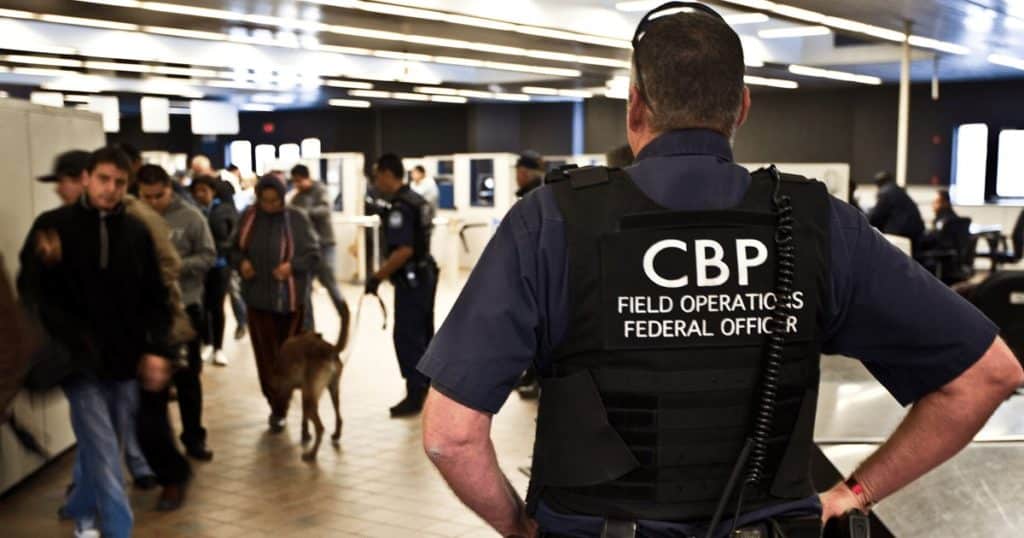The United States Customs and Border Protection (CBP), a federal law enforcement organization 60 000+ strong, are looking to procure technology that assists them in differentiating between cannabis and hemp. The latter is federally legal, while the former is considered a Schedule I drug by federal drug laws. As per the United States Department of Agriculture (USDA), hemp was removed from the controlled substances list with the enactment of the 2018 Farm Bill.
The CBP hopes to make use of cannabis analyzers to quickly determine whether the plant matter in question contains cannabinoids – chemical substances found in marijuana – and to what degree.
As cannabis becomes less regulated, more legal, and increasingly available, the utility of such expenditure can be called into question.
Specifications For Cannabis Analyzers That Differentiate Hemp From Cannabis
The CBP has put out specifications for what it wants in its cannabis analyzers. These specifications are as follows:
- The ability to detect at least nine cannabinoids, including delta-9 THC, delta-8 THC, and CBD
- The ability to detect moisture and appraise the dry weight of the plant material
- The ability to ascertain whether a given plant material contains more than 0.3% THC (thus meeting the federal criteria of illegal cannabis)
- A portable device weighing less than 15 pounds
- An analysis time of no more than 12 minutes
- Data storage and transferability capabilities
Furthermore, the CBP’s training specifications require operators to be taught at an undergraduate and graduate level of physical sciences such as chemistry. With such niche requirements, it is likely that the devices will be expensive to purchase and costly to implement and maintain.
This comes at a time when cannabis-related arrests are plummeting nationally. According to the Federal Bureau of Investigation (FBI), marijuana arrests dropped by 36% from 2019 to 2020. It is not difficult to see that there may be an agenda behind the CBP’s decision to implement such rigorous testing.

The Time To End The War On Cannabis Is Now
While it is convenient to think that the war on cannabis is essentially over, this belies the truth. 40 000 Americans are still incarcerated for nonviolent, marijuana-related crimes. Federal or state convictions for drug possession can result in a person becoming ineligible for assistance programs such as food stamps and student loans.
America is facing a spate of more sinister problems in 2022 and beyond. Until August 5th, 2022, there had been an average of 13 mass shootings per week in the U.S. Each day, more than 110 people across the country lose their lives as a result of gun violence. A recent survey of 6 000 teachers conducted at the end of 2021 found that 48% of them were considering a job change, with 34% thinking of leaving the realm of education entirely. The American Hospital Association predicts that the country will have a shortage of over one million nurses by the end of 2022. 40% of Americans have postponed or foregone medical treatment in the past year due to cost concerns.
The list could go on and on. Instead of spending tax dollars trying to catch minor cannabis infringements at the border, it might be wiser, as a country, to dedicate our resources to fixing severe problems at their core. Healthcare, education, and domestic safety are all areas that desperately need transformation and could subsequently use all of the extra resources they can get.
If our priorities don’t change as a nation, matters will only get worse in 2023 and beyond.

Enjoyed that first hit? Come chill with us every week at the Friday Sesh for a freshly packed bowl of the week’s best cannabis news!

















